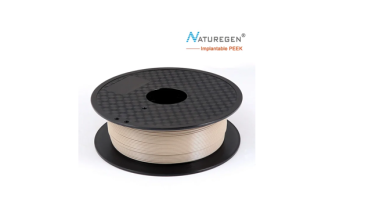How Stem Cell Donation Procedure Works

If you’re considering donating your stem cells, you need to understand the donation process and what it entails. Donating stem cells is a complicated process that involves several steps designed to ensure the safety and efficacy of the donated tissue. However, choose the right service for your stem cell donation procedure and you won’t need to worry about a thing.
In truth, there are many misconceptions about the process. These days, all you need is a cheek swab and you can join a registry. From here, it’s just a waiting game to discover if anybody is in need of your donation. If no matches are found, your name will simply remain on the registry. If you’re contacted as a potential match, you will then have a blood test. If this is a match, this is where you will have a physical exam. Depending on the needs of the patient, you will donate either bone marrow or stem cells.
Bone marrow is taken from the hip joint with a special needle and represents about 10-20% of stem cell donations. The remainder of stem cell donations is taken through a process called peripheral blood stem cell donation. Here, you will receive an injection of filgrastim (a medication that increases the production of stem cells in the bloodstream) for around four days prior to your donation. Filgrastim makes it so that more stem cells are present in your blood, making it easier to collect.
On the day of donation, a machine called an apheresis machine can be used to collect the stem cells. You will be connected to the apheresis machine which collects your blood, separates and collects the stem cells, and then returns the rest of the blood to your body. This process is similar to a typical blood donation, except that only stem cells are collected and not all of the blood.
The collected stem cells are then frozen and stored until they are ready to be given to a patient in need. They can be frozen for many years, and still be used for medical treatments. However, you will likely have a match at this stage and so they will receive your donation quickly.
Donating stem cells is a safe and simple procedure. The side effects are minimal and the benefits of giving life-saving treatments to patients in need are tremendous. You can help save someone’s life by donating your stem cells.
If you have questions, don’t be afraid to contact the registry to get the information you need. They will be more than happy to answer any of your questions and share their experience with you.
Is Stem Cell Donation Painful?
No, donating your stem cells is not normally painful. It’s similar to giving blood and there are no long-term side effects from the procedure. Many donors report feeling good afterward, even proud of themselves for helping someone in need. If you feel some discomfort after the procedure, you can always ask your healthcare provider for an over-the-counter pain reliever. However, the pain is normally short-lived and low in intensity.
Why not join a registry and become a hero today?




